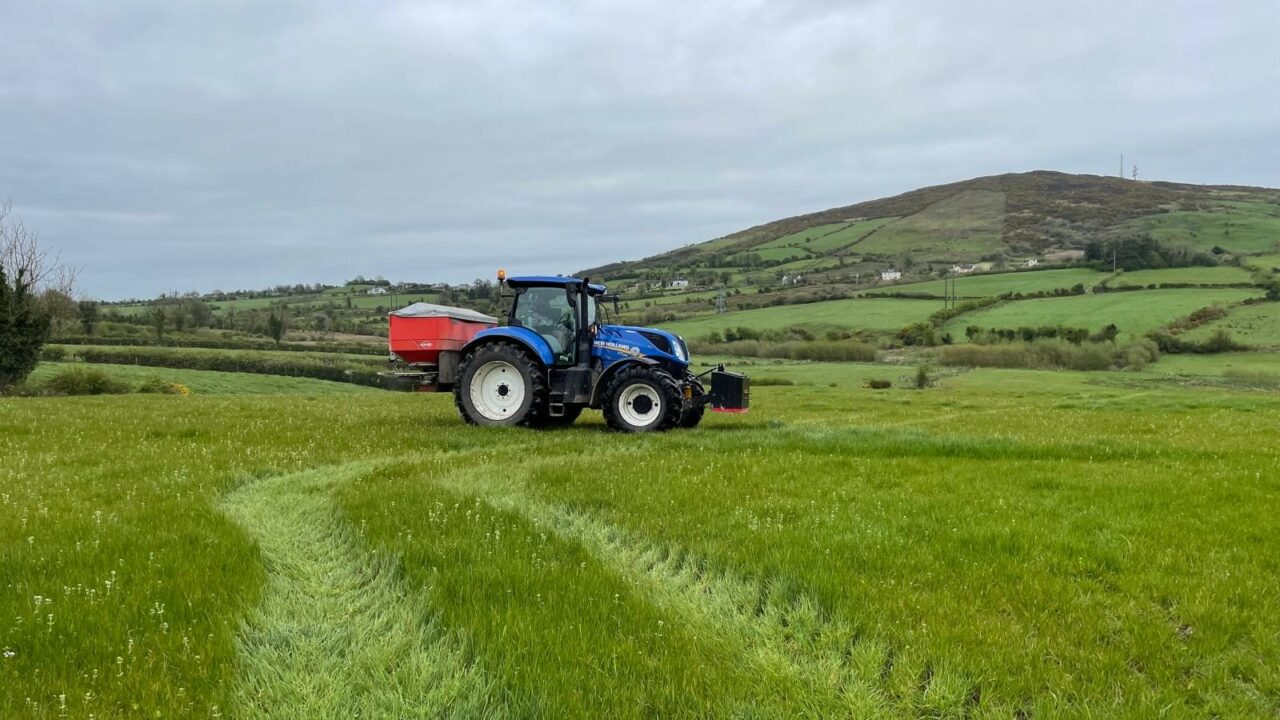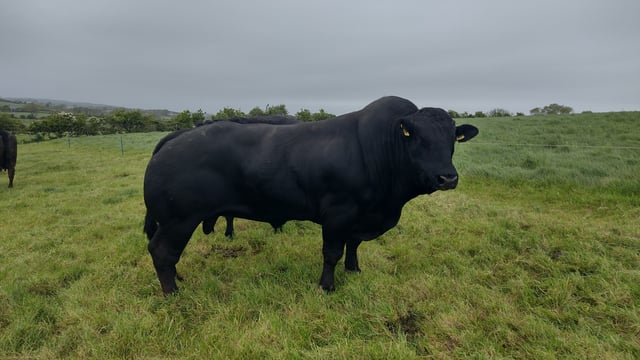Table: How much chemical N and P am I allowed to spread?
Chemical fertiliser application allowance is still very much a grey area on many farms across Ireland due to the introduction of a suite of new rules and regulations relating to the purchase and application of nutrients on farmland.
There are a lot of farmers who remain unsure of how much chemical fertiliser they are allowed to spread and, as a result, end up purchasing little to no compound fertiliser.
In some cases this is taking a toll on soil fertility with phosphorus (P) indexed falling.
All farmers stocked above 130kg N/ha are required to take soil samples. Where soil samples are not taken, Index 4 for P will be assumed, so no chemical P or imported P can be used on these farms.
Any tillage lands without soil samples are also not allowed P fertiliser or imported organic manures.
Therefore, these farms can no longer use P compound fertilisers, such as 18-6-12, 10-10-20 or 24-2.5-10.
To know the maximum permitted N fertiliser allowance, farmers must know their stocking rate. To know the permitted P fertiliser allowance, farmers must know their soil indexes and their concentrate feed usage.
Soil P indexes will be available in the farms’ most recent soil test results.
A farm stocking rate is calculated as the total annual nitrogen (kg) excreted by grazing livestock averaged over the net grassland area (grazing and silage area), according to Teagasc.
The table below details the maximum amount of chemical N that farmers are allowed to apply:
| Grassland stocking rate (kg N/Ha) | Maximum chemical N permitted (kg N/Ha) |
|---|---|
| <85 | 90 |
| 86-130 | 114 |
| 131-170 | 185 |
| 171-210 | 240 |
| >210 | 212 |
It is always advisable for farms to contact their agri-advisor to ensure they are within their allowances for chemical fertiliser spreading.
In some cases, application allowances will vary based on farm-specific circumstances.
Farmers should also remember that land entered in the Agri-Climate Rural Environment Scheme (ACRES) measures - such as extensive grassland - will have reduced fertiliser allowances, while riparian zones will have no allowance.
The current annual maximum fertilisation rates of phosphorous on grassland – by soil phosphorus index number – is as follows (soil with 20% or more organic matter is limited to the index 3 rate):
| Grassland stocking rate (kg/ha/year) | Index 1 | Index 2 | Index 3 | Index 4 |
|---|---|---|---|---|
| Less than 85 | 27 | 17 | 7 | 0 |
| 86-130 | 30 | 20 | 10 | 0 |
| 131-170 | 33 | 23 | 13 | 0 |
| 171-210 | 36 | 26 | 16 | 0 |
| 211-250 | 39 | 29 | 19 | 0 |
| Greater than 250 | 39 | 29 | 19 | 0 |
As always, any remaining slurry should be targeted at fields with lower P and K indexes, as well as silage ground, before more expensive chemical fertiliser is purchased to address soil indexes.
Keeping focus on soil pH is also important and lime applications where needed should also be applied to keep soil pH at an optimum level.





